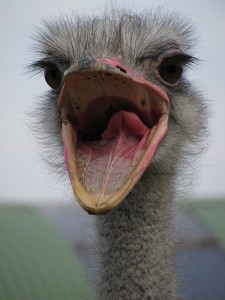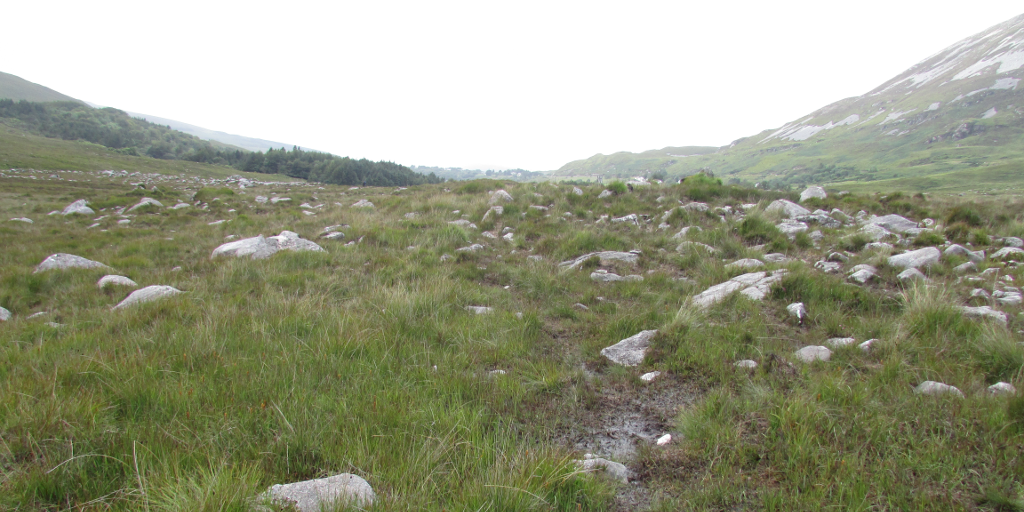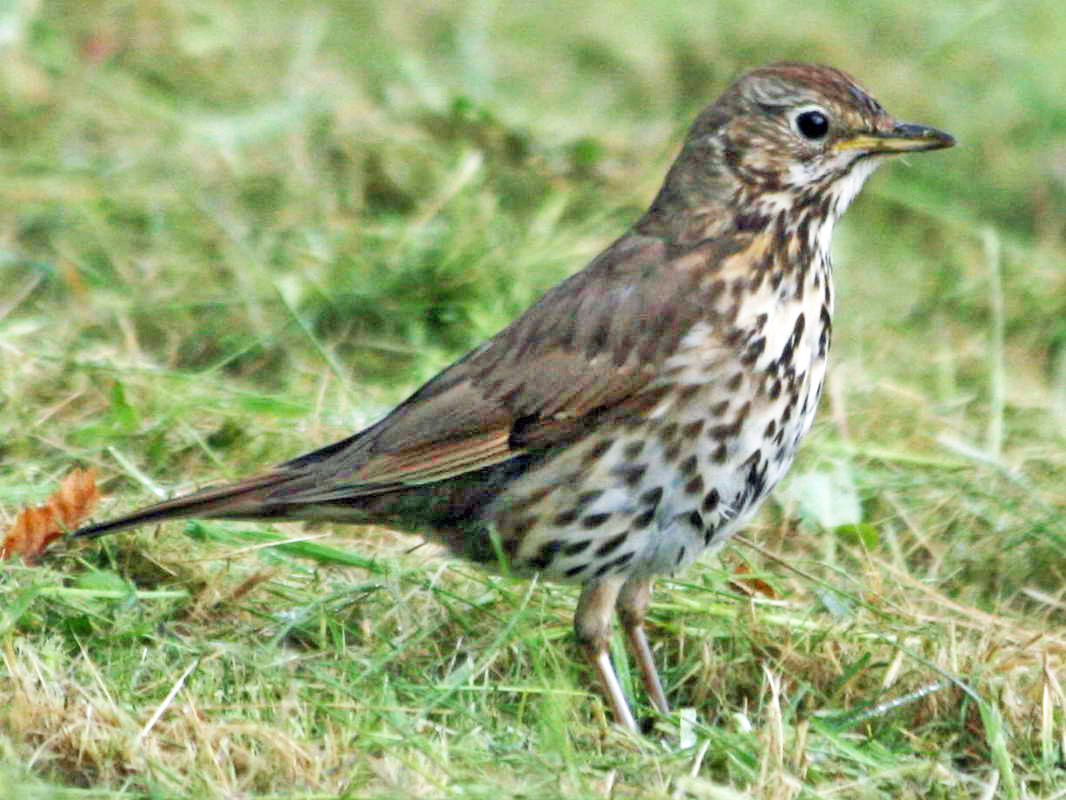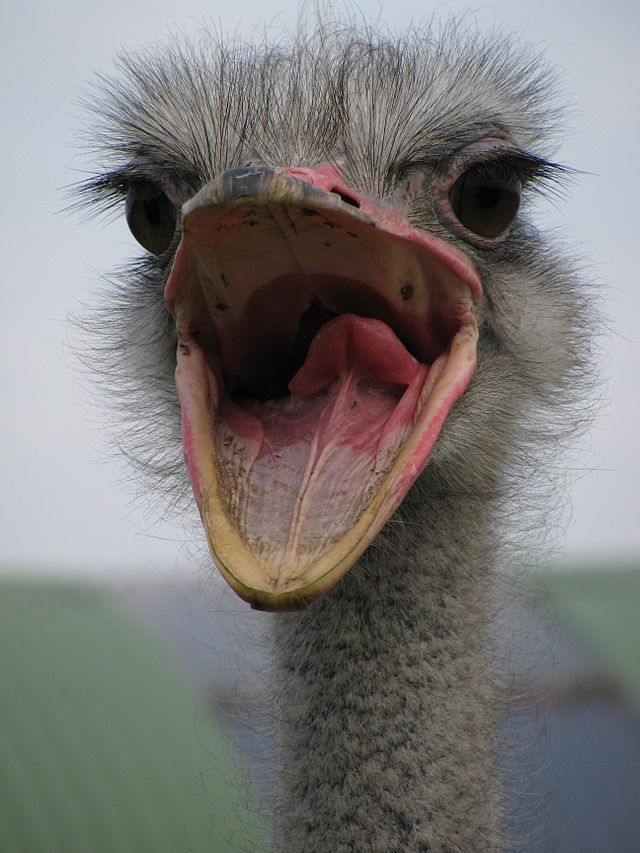This short story was first published in the March 2019 issue of The Niche, the magazine of the British Ecological Society, as part of their “Horizons” ecofiction series. “Horizons” aims to use fiction to help visualise a better future aided by ecological science.
Continue reading “Ecofiction: The Bog Down in the Valley”Research haikus
Last month, the Zoology Department’s Dr. David Kelly launched his first book of Japanese short form poetry, Hammerscale from the Thrush’s Anvil. At the launch of the book, David invited us in the audience to try our hand at writing our own haikus.
Taking him up on his challenge, and taking inspiration from his book, a few of us in the School of Natural Sciences have penned our own poems based on our areas of study. We even have a contribution from David Kelly himself!
Trying not to sacrifice coherency at the alter of syllable number was a rather new struggle for most of us, but we managed and, I’d like to think, emerged with a greater appreciation for the poets in our midst. Read on for our science-y foray into the arts!
(Paula Tierney @_ptierney)
_______________ Continue reading “Research haikus”
Ostrich Knees
 Dear Dr. Jeal,
Dear Dr. Jeal,
Why is it that when a mammal kneels down its legs bend forwards, but when an ostrich bends down its legs bend back?
– Junior Sophs.
The question you ask is quite curious, but I don’t think you’re on the right track,
Saying “knees of a mammal bend forward, while knees of an ostrich bend back.”
But I quite see the cause of your problem, and it’s really quite simple you see,
As the bend in the leg of an ostrich is more like an ankle than knee,
The true knee of an ostrich bends forwards, and it’s quite a remarkable thing,
It’s up at the side of the body, tucked closely under the wing.
The leg is quite similar in all birds, but ostrich proportions are wrong,
As the femur is very foreshortened, while the foot is extraordinarily long.
As the leg is made largely of foot-bones, you’ll ask “What are its feet” I suppose,
I’ve an answer all ready for that one. What you think are its feet are its toes!
Author
Frank Jeal
Photo credit
wikimedia commons



